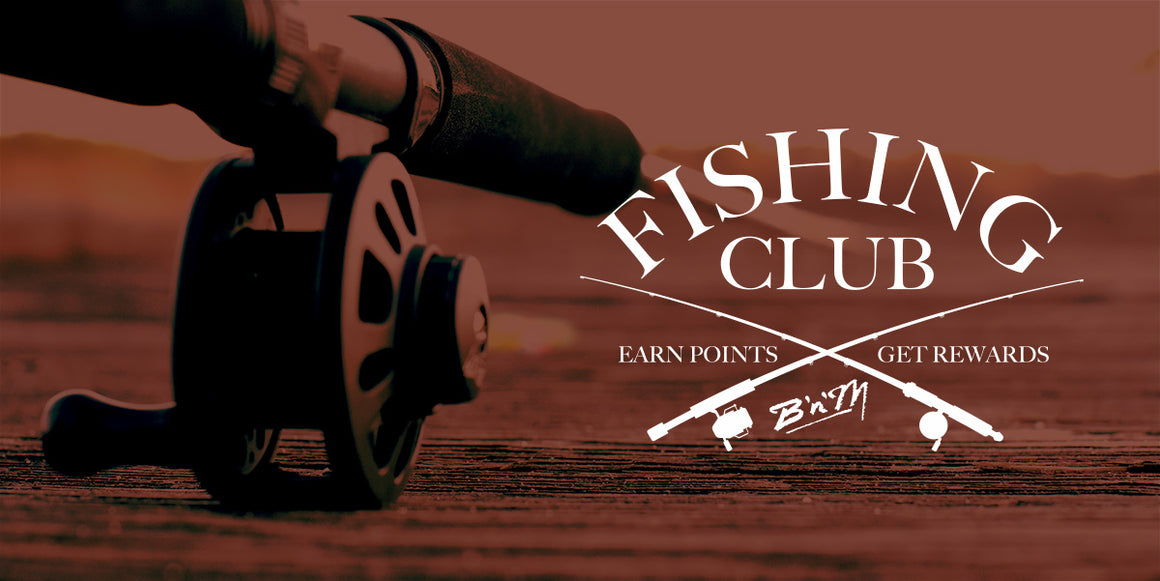
Try These Fall Crappie Fishing Tactics from The B’n’M Pros
Try These Fall Crappie Fishing Tactics from The B’n’M Pros
By Phillip Gentry
One of the biggest challenges that crappie anglers face when trying to locate their favorite species during the fall is where to find them. Crappie transition in the fall between typically deep-water hangouts and shallow water areas before returning back to deeper water for the winter.
The good news is that like most wildlife, crappie have that “fall push” to feed and build fat reserves that will carry them into the cooler season, so no matter where you find them, the likelihood that they’ll be willing to bite is pretty good.
To help you connect the dots, these B’n’M pros shared their experiences on where to find fall crappie.

Kent Driscoll finds plenty of fall crappie hanging around standing timber.
Fish Standing Timber
One of Kent Driscoll’s favorite ways to catch crappie in the fall is to find them holding in and around natural standing timber. In such lakes where standing timber is an option, he will use a single pole to jig around the cover.
“I’m not looking for the big timber. To me, the fish don’t get on them near what they will on the small timber,” he said. “My favorite is what I call the “beepers,” the little trees where I can find 2 or 3 crappie together in one little group. To me, that’s kind of a sweet spot.”
Driscoll is well-versed in the use of sonar and forward scan technology. Even with this advantage, he goes back to old school reasoning and experience, looking for “something different” and once he finds the right area, will use the sonar to close the deal.
“When you’re in a stand of timber, it’s tough to get a real clear picture,” he said. “You’ve got to get through it with your boat. I’d rather fish a cluster of trees that might be on the tip of the timber versus going into the really thick, heavy type timber. My opinion is the fish stay close to the river channel. Any time you can get on a creek or a river channel that’s got any kind of different topography. I’ll skip over a straight line of timber and go right to a point every time.”
Single pole jigging requires a rod with a balance of finesse and backbone, combine that with comfort for fishing all day and the proper reach, and there are still a wide variety of B’n’M models to choose from.

Crappie move a lot this time of year in response to changing weather but are generally willing to feed.
Target Stump Flats
When the weather and water turn cooler, Kyle Schoenherr can be found in the upper thirds of his home lakes which are noted for the amount of standing and submerged timber littering the edges of creek channels and scattered about over shallow flats.
“Trolling in this sense really isn’t trolling,” said Schoenherr. “I can’t tell you a speed and say go this speed. It’s really a controlled drift, using the trolling motor to ease the lines into and over the edges of the submerged timber and letting the wind push you back off.”
Such a game plan requires extensive knowledge of the playing field and Schoenherr gets his from experience on the water, studying his topo maps on land and integrated into his sonar unit, as well as real time data he acquires from using his side-imaging sonar unit.
“You’re going to hang lines,” said Schoenherr. “You’ll start to get a feel for what the rig is doing, and you spend a lot of time shaking rigs off of hang-ups. You’ll also spend a lot of time setting the hook on a slab crappie because as those lines contact the cover, one, two, or more of the baits will be right in the face of a hungry slab.”

Guide Kyle Schoenherr takes a stroll through heavy submerged timber to find fish like these.
Shooting Docks
It’s hard to mention fall fishing and Weiss Lake, Alabama in the same sentence unless you’re talking about shooting docks, a tactic guide Carlton Teague is an expert on.
Teague prefers docks that provide ample shade and hover low to the water, whether that means a floating dock at any stage or a pier dock with high water.
“A good dock-shooting dock is a dock that has a lot of shade, which means you want a large, wide side and, preferably, a roof over the dock. The icing on the cake is a pontoon in the slip because crappie just love that. The pontoon stays really low to the water and makes it really dark under there,” he said. “Also, as a bonus, many people place structure under their docks like Christmas trees and brushy wood and stuff –that will cost you a few jigs, but the fish love it.”
Teague said it’s not hard to get the hang of dock shooting after a bit of practice.
“You bend the rod over and hold the jig between your thumb and fore finger under the reel. Release the jig and simultaneously release the line, which sling shots the bait forward, parallel to the water, causing it to skip up under the boat or dock or whatever you’re shooting at,”Also in Weekly Tips and Techniques

In The Kitchen with Kent Driscoll
B’n’M Pro Staff Manager Kent Driscoll not only knows a lot of ways to catch crappie, he knows how to cook them too.

North Louisiana Crappie Fishing Report with John Godwin
North Louisiana’s newest and most recognizable fishing guide, John Godwin, says the crappie fishing is beginning to heat up.

Catch the Crappie Madness Seminar Series
Water temperatures are starting to rise, which can only mean one thing: prime crappie fishing season is right around the corner. There’s only a few weekends left to prepare for the bite.

